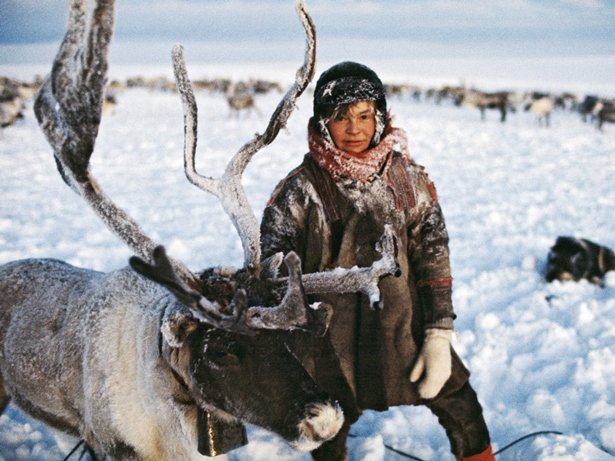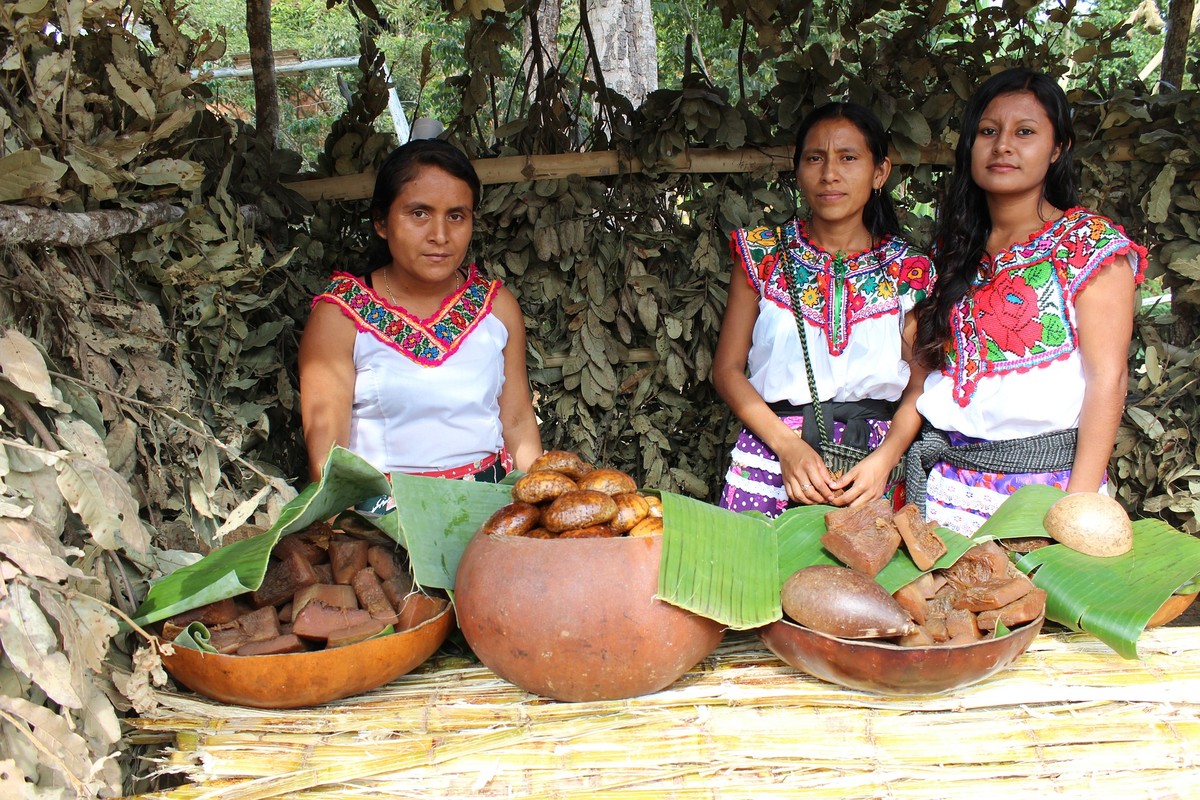Language emergency and climate emergency, two hand crises
A study of the journal Nature Ecology & Evolution compares the risk situation and the global loss of biodiversity in many languages of the world. They report that if the emergence of biodiversity was not critical enough, the emergence of languages is even greater: almost 50 per cent of the 7,000 languages in the world are at risk against 40 per cent of amphibians, 25 per cent of mammals and 14 per cent of birds.UNESCO has declared the International Decade of Indigenous Languages to this newly launched year 2022.

If effective action is not taken, scientists consider 1,500 languages lost by the end of the century. The most pessimistic forecasts, 90% of languages. The loss of linguistic diversity is mainly associated with colonization and globalization, but other current factors have wanted to know how it affects. Scientists from several Australian research centres and the German institute Max Planck have analysed how language policies, population characteristics, social and economic changes, environmental conditions and linguistic documentation level affect.
Connectivity
Australia, South America and the USA are the countries that have historically suffered the greatest loss of profile, but are currently the most endangered languages: New Guinea, Central America, Himalayas and West Africa.
In analysing the reasons, you have seen that, contrary to general perception, close contact with other languages is not a factor that endangers a language. As long as there is a strong language policy behind it. Otherwise, the potential risk becomes a function of the investigation. The same is true for networks and educational level: the higher the educational density, the greater the risk the language has for the great population movement; and the same is true when the higher the level of formal education, the greater the loss of the original language. However, according to researchers, it is not directly related to roads and to the level of education itself, but to misguided language policies.
For example, in the United States, the Bilingual Education Act was designed to entitle the inhabitants of indigenous communities to general education. But with a single purpose, they were able to use their mother tongue: make bridges to English, not learn their mother tongue. Therefore, educational policies do not protect linguistic diversity if they do not guarantee and promote the right to learning the mother tongue.
In general, researchers have seen that the key to understanding language connectivity is whether speakers change to a language other than their own, or whether they incorporate another language into their language capabilities, always taking care of their own.
Climate Emergency
In addition to overall risks, the most local risks have been identified: In Africa, for example, the risk is largely related to the use and survival of the land, since the language of origin is endangered by collecting collecting societies in the acquisition of a greater language of peasant groups in the area; in Europe it is related to the climate, which is reflected in the loss of the language of the Arctic areas, as in Assa; and the decrease in the danger of density in Oceania is the main one. Scientists have recognized that, beyond global factors, there is a lot of research work on local factors, but they have warned that many of them can be problems from the climate emergency.
Language documentation and grammar worked
On the other hand, another variable that has great influence has been identified: written texts, dictionaries and grammar are essential to strengthen languages. In fact, languages that will first disappear do not have only written documentation or grammar. The documentation has been cited by researchers before the afternoon, as in the case of biodiversity, since research and knowledge are the keys to preserving languages.

Triple loss
According to Max Planck's researchers, the constant change in cultural evolution is common, but this massive and serious loss of linguistic diversity is due to colonization and unequal globalization. Now, every three months, one language is lost in the world and they estimate that if this low level of intervention is maintained, within 40 years one language will be lost every month. If we do not want to lose 1,500 languages by the end of the century, they have seen the need for urgent global investment in linguistic documentation and in effective educational programmes for learning all education in the mother tongue.
On the other hand, scientists have also called to understand language loss in the context of the emergency. Moreover, they suggest that climate change models themselves can contribute to predicting the loss of linguistic diversity.
2022-2032: International Decade of Indigenous Languages
Aware of the problem, UNESCO has declared the International Decade of Indigenous Languages to this newly launched year 2022. The objective is to make the emergence of linguistic diversity visible. Each language is a unique and unique expression of human culture, according to UNESCO. Inalienable wealth.
Buletina
Bidali zure helbide elektronikoa eta jaso asteroko buletina zure sarrera-ontzian




_galeria.jpg)







